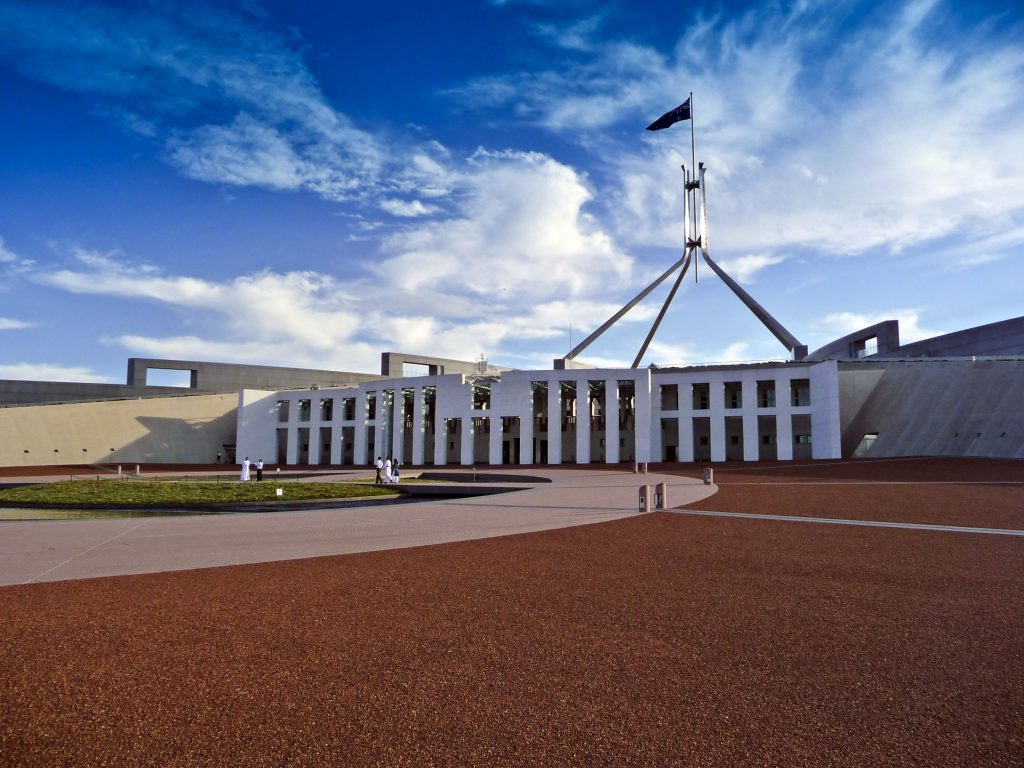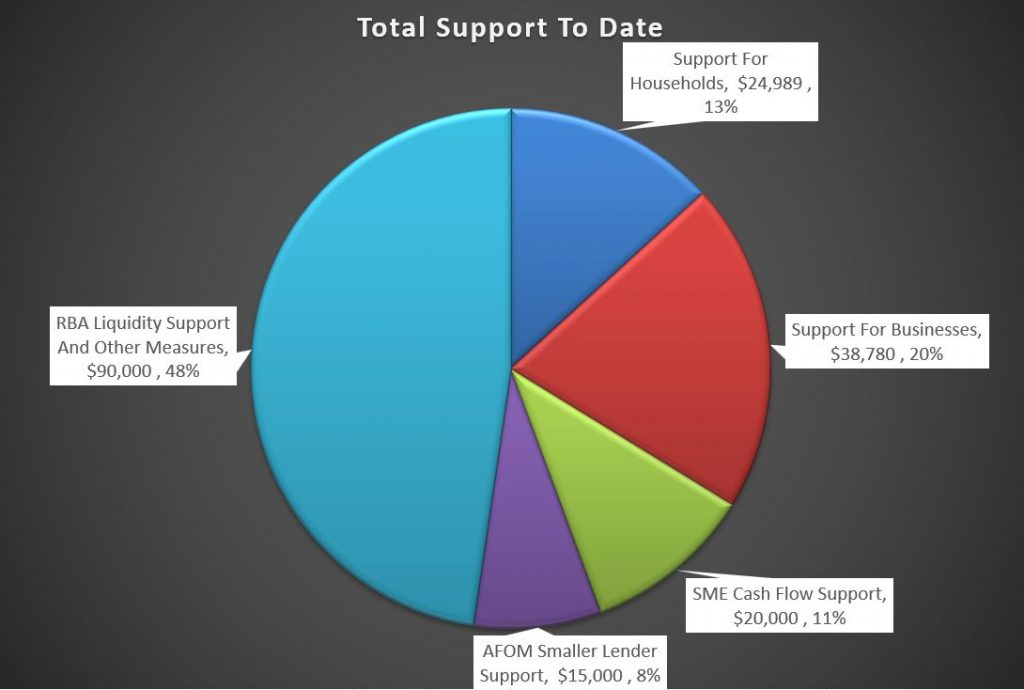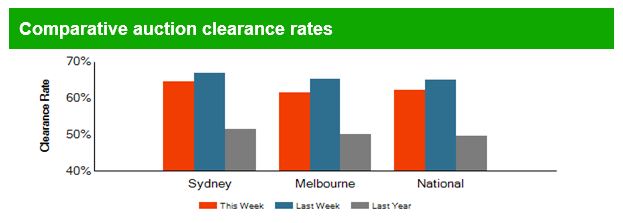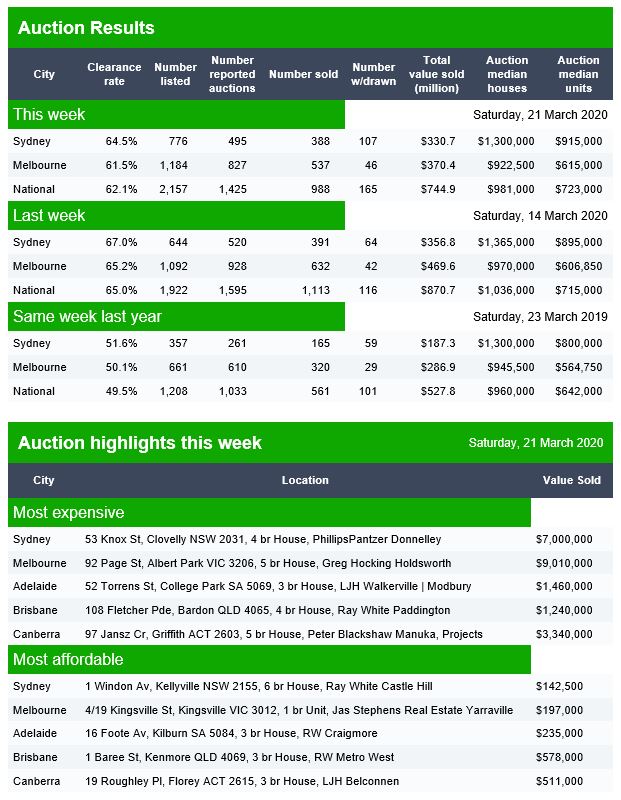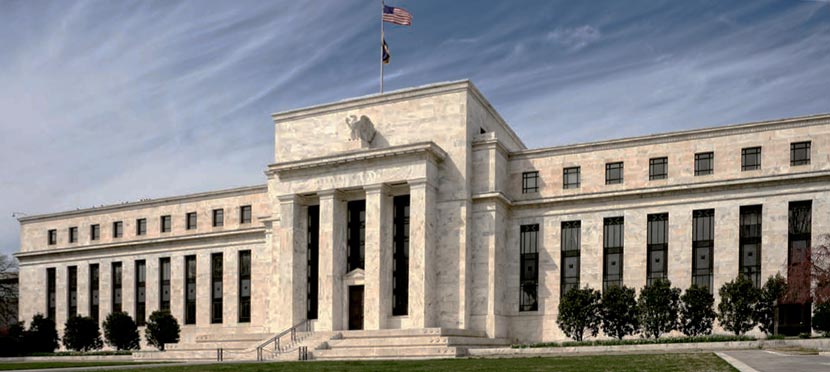According to the New Daily, Victoria to close schools and NSW is to shut restaurants, and pubs; and cross-border controls will be in place.
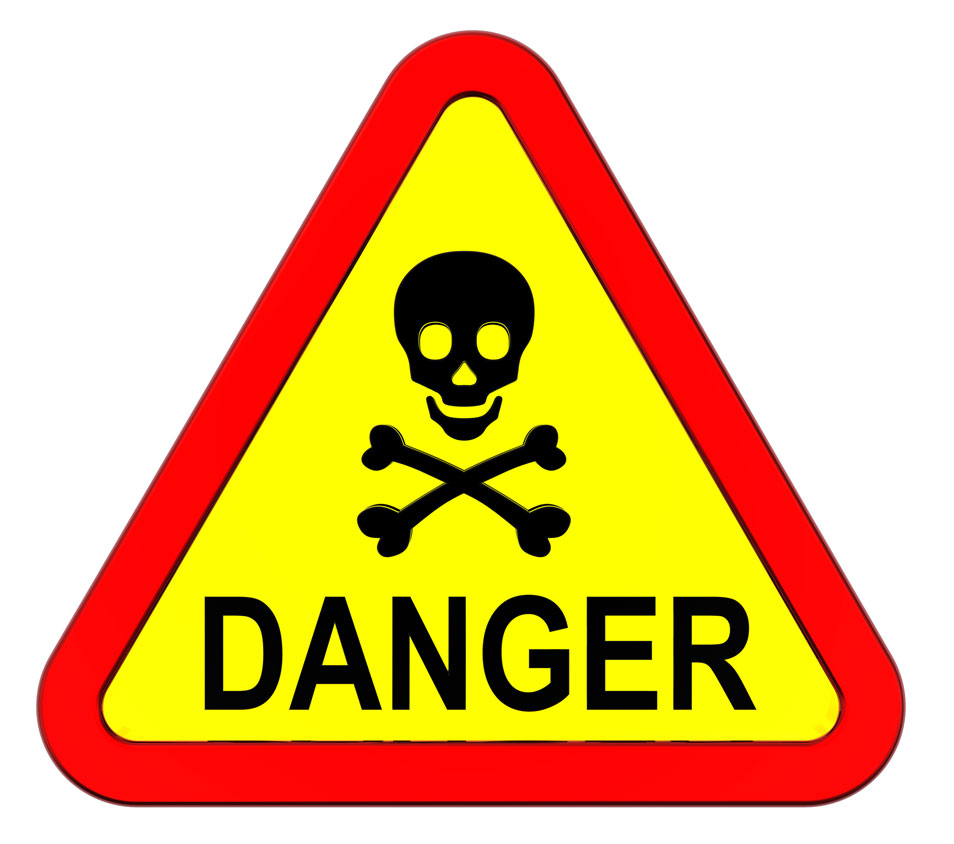
Australia is fragmenting as the coronavirus sees state borders closed and premiers embrace sweeping lockdowns.
In what is confirmation Australians must prepare to face the country’s most extreme virus safety measures to date, NSW Premier Gladys Berejiklian has declared non-essential services will shut down within 48 hours.
Victoria also confirmed just before 3pm Sunday (local time) that schools would shut on Tuesday and there will be progressive closures of businesses such as pubs and restaurants.
Schools in NSW will remain open on Monday, but the premier is likely to make further announcements on education in the days to come.
ACT Chief Minister Andrew Barr announced that the territory would follow the lead of NSW as it was “impossible” to have different arrangements from the surrounding region.
Victorian Premier Daniel Andrews made a similar announcement to the NSW premier, confirming “non-essential” services will be forced to close.
“This is not something that we do lightly,” Mr Andrews said.
“But it’s clear that if we don’t take this step, more Victorians will contract coronavirus, our hospitals will be overwhelmed, and more Victorians will die.”
Supermarkets, petrol stations, pharmacies, convenience stores, and freight service – including home delivery of food – will remain open across Victoria and NSW.

Political leaders are meeting on Sunday night to consider urgent powers that would see citizens banned from travelling between suburbs and in between so-called COVID-19 “red zones”.
“Tonight I will be informing the National Cabinet that NSW will proceed to a more comprehensive shutdown of non-essential services,” Ms Berejiklian said in a statement.
“This will take place over the next 48 hours.”
NSW Health on Sunday confirmed 97 new COVID-19 cases, bringing the state’s tally to 533.
Authorities have still not been able to work out the source of infection for 46 of those cases, but they do know those people became infected within Australia.

Victorian cases jumped by 67 overnight and the government confirmed there had been outbreaks in regional areas including Warrnambool and the Surf Coast.
The call to shut down schools goes against the advice from the federal government.
Prime Minister Scott Morrison persisted with the message for the past week that the health advice was that it was best to keep children at school.
The advice from the PM caused widespread confusion among teachers and parents, with many questioning why Australians were told to ‘social distance’ yet send kids to class.
The call by Mr Andrews makes Victoria the first state to officially close classroom doors to stop the spread of coronavirus.
Children in other nations have already stopped going to school.
The Victorian government said it was bringing forward the school holidays.
It remains to be seen whether the ban on physical class attendance will extend into term two.
Meanwhile, South Australia has confirmed it will effectively close its borders in a bid to stop the spread of COVID-19 following an outbreak within a group of tourists travelling around the Barossa Valley.
Premier Steven Marshall announced on Sunday that anyone entering the state would be subject to a mandatory 14-day isolation period.
The measures will take effect from 4pm on Tuesday.
“The health of South Australians is unquestionably our No.1 priority and that is why we are acting swiftly and decisively to protect them from the impact of this disease,” he said.
“We do not make this decision lightly but we have no choice”.
South Australia’s borders will be monitored 24 hours a day and anyone entering the state will be forced to sign a declaration agreeing to self-isolate.
State authorities moved to declare a “major emergency” on Sunday, triggering the shutdown.
But Police Commissioner Grant Stevens admitted authorities were limited in their ability to enforce the isolation orders.
SA Police have been checking on those who have already been ordered to self-isolate after disembarking international flights.
He said authorities were “relying on people’s community and sense of goodwill to do the right thing”, and that overwhelmingly people had been complying with orders.
Similar restrictions have been put in place in Tasmania and the Northern Territory.
In the NT, there are major fears for indigenous communities.

